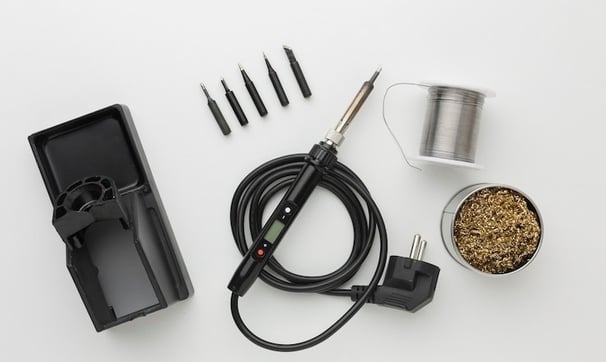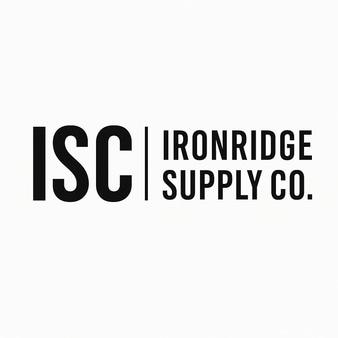How to Store and Handle Welding Rods, Wires, and Flux for Maximum Shelf Life
WELDING SUPPLIES


When it comes to welding, consumables are critical—and often overlooked. Your weld is only as strong as the integrity of your rods, wires, or flux. Improper storage leads to contamination, moisture absorption, porosity, and costly rework.
Understanding the Risk: Why Storage Matters
Welding consumables are sensitive to environmental conditions—especially moisture and contamination. Here's what can go wrong:
Hydrogen-induced cracking from moisture absorption
Porosity in welds from contaminated wire or flux
Inconsistent arc starts from oxidized filler material
Wasted stock due to degraded or expired consumables
Storing Welding Rods (Stick Electrodes)
Stick electrodes (SMAW rods) contain flux coatings that absorb moisture easily. Once compromised, they can cause weld defects like undercutting and cracking.
Do:
Store unopened packages in dry, climate-controlled areas
Once opened, transfer rods to a rod oven set to 250°F–300°F (121°C–149°C)
Use sealed storage tubes for temporary job site use
Rotate stock based on FIFO (First In, First Out)
Don't:
Leave rods exposed to open air for more than 4 hours
Store near chemical vapors or solvents
Reuse rods that show signs of rust, flaking, or chalky coating
Pro Tip: For low-hydrogen electrodes (like E7018), always store in an oven unless sealed in a vacuum pack.
Storing MIG and TIG Welding Wire
Solid and flux-cored wires are susceptible to surface oxidation and contamination. Contaminants lead to arc instability and porosity.
Do:
Keep wire spools in original packaging until use
Store in dry cabinets or containers with desiccant packs
Mount spools in feeders only when ready to weld
Cover mounted spools overnight with plastic or vinyl shields
Don’t:
Let wire sit out exposed to shop air
Allow spools to gather dust or grinding particles
Reuse wire that's kinked or dirty
For TIG rod storage:
Use sealed tubes or canisters
Label with alloy and batch number
Clean rods before use with acetone and lint-free cloths
Storing Flux (Submerged Arc Welding or Brazing)
Flux is hygroscopic—meaning it absorbs moisture from the air. Even minor exposure can reduce its effectiveness and lead to weld inclusions.
Best Practices:
Store flux in airtight, sealed containers
Use dedicated drying ovens for bulk flux (temperature per manufacturer recommendation, typically 300°F–400°F)
Keep handling tools (scoops, containers) clean and dry
Avoid returning used or exposed flux to the main bin
Inspection Tip: If your flux cakes, clumps, or changes color—discard it.
Shop-Wide Storage Environment Tips
Humidity control: Keep storage areas under 50% relative humidity
Temperature control: Maintain ambient temps between 60–80°F
Labeling: Clearly label consumables with type, batch number, and date opened
Segregation: Store different filler types separately to prevent cross-contamination
Handling tools: Use stainless steel tongs or gloves to avoid transferring oils or rust
Downloadable Resource
Ensure your consumables are stored correctly every time.
👉 Download the Welding Consumables Storage & Inspection Checklist (PDF)
